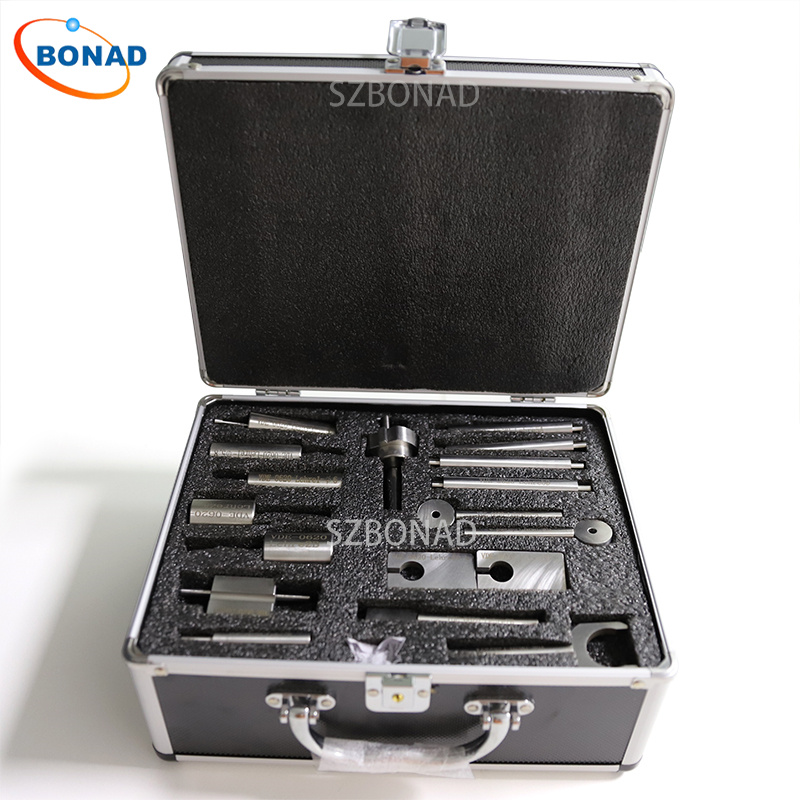The electric vehicle (EV) revolution is accelerating rapidly. With over 700 new EV models anticipated globally by 2026 and the International Energy Agency (IEA) projecting 236 million electric cars on the road by 2030 (up from 42 million in 2023), the demand for advanced, reliable batteries has never been higher. While breakthroughs in battery chemistry and manufacturing drive progress, mechanical and multifunctional testing stands as the unsung hero, critically enabling safety, innovation, and cost-effectiveness in EV battery development.
Why Mechanical Testing is Non-Negotiable for EV Batteries
Mechanical testing transcends simple quality checks; it’s the engine of innovation. These tests provide vital data that refines materials, optimizes manufacturing processes, and ultimately pushes battery technology forward, tackling three core industry challenges:
- Optimizing Production & Reducing Costs: High costs remain a barrier. Mechanical testing provides insights to increase cell energy density, reduce raw material usage, streamline processing, and boost production efficiency. Crucially, by identifying weaknesses early (like film tensile strength or coating adhesion), testing drastically reduces expensive production rejects.
- Improving Range & Service Life: Beyond refining lithium-ion batteries, the industry heavily invests in solid-state battery technology. However, this shift presents challenges: significant anode volume changes, production line overhauls (only ~40% compatibility with existing setups), and the need for high-pressure conditions to ensure optimal contact. Mechanical characterization of cell behavior under stress is paramount for overcoming these hurdles and unlocking longer lifespans and ranges.
- Increasing Safety: Predicting battery behavior under extreme conditions is vital. Battery abuse testing (like nail penetration, crush tests, thermal runaway simulation) and multiphysics tests (simultaneous mechanical, electrical, thermal stress) are indispensable. These complex, high-stakes tests demand rigorous protocols and advanced equipment to ensure catastrophic failures are designed out.
Levels of Mechanical Testing in EV Battery Development
Ensuring the safety, performance, and reliability of EV batteries requires testing at every level:
- Raw Materials & Cell Components: Quality starts here. Tests include:
- Tensile Testing on separator films and metal foils.
- Adhesion/Peel Testing of electrode coatings.
- Evaluating the integrity of coatings and laminates during production stages (coating, stacking, assembly).
- Individual Battery Cells: Cells undergo combined stresses in real-world use. Sophisticated tests simulate this:
- Multifunctional Testing: Applying controlled mechanical compression while simultaneously cycling the cell (charging/discharging) at varying temperatures. This reveals performance under realistic pressure and thermal conditions.
- Electrical performance monitoring under mechanical load.
- Battery Modules & Packs (System Level): Focus shifts to structural integrity:
- Quasi-Static Mechanical Tests: Tensile, compression, and shear tests on module/pack components (brackets, busbars, housings).
- Vibration and Shock Testing: Simulating real-world road conditions.
- Evaluating the strength of bonded joints and weld seams.
- Battery Abuse Testing: Designed to probe failure modes and enhance safety:
- Nail Penetration: Simulating internal short circuits.
- Crush/Indentation Tests: Simulating crash impacts.
- Thermal Abuse Testing: Exposure to extreme heat or rapid temperature cycles.
- Overcharge/Over-discharge Testing.
- Accuracy and safety in these testing systems are paramount and continuously evolving.
Conclusion: The Foundation of the Electric Future
Mechanical and multifunctional testing is not an optional step; it’s the bedrock of EV battery advancement. From fundamental R&D exploring new materials like solid-state electrolytes to optimizing gigafactory production lines and guaranteeing end-user safety through rigorous abuse testing, these procedures are indispensable. They empower engineers to develop batteries that are more powerful, longer-lasting, safer, and more affordable. As the EV market surges towards a CO2-neutral future, the critical role of precise, innovative mechanical testing in unlocking the full potential of battery technology cannot be overstated.



